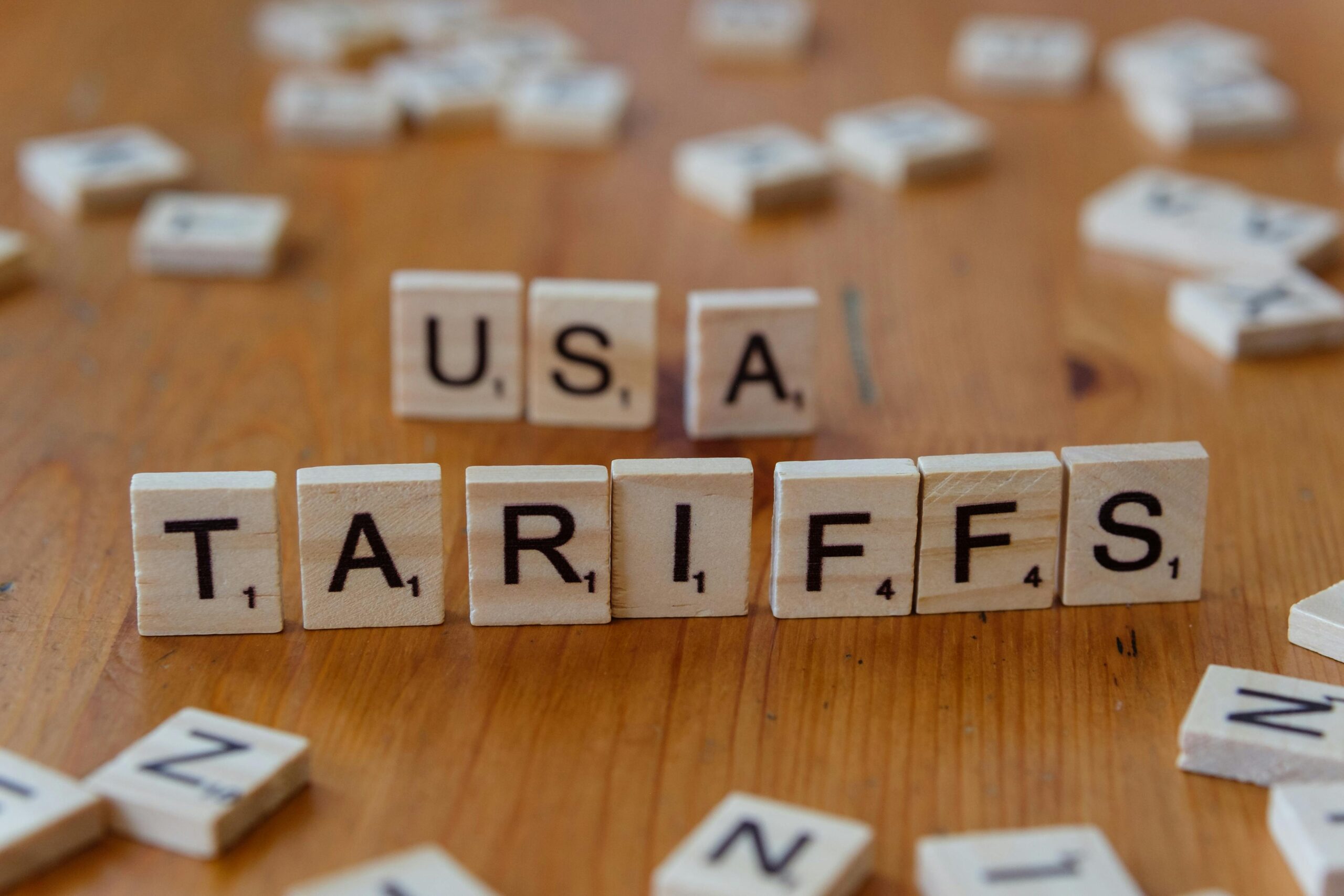The Impact of Trump's Tariffs on South Korea: Trade Tensions and Economic Realignments
When the Trump administration imposed sweeping tariffs on steel, aluminum, and other goods in 2018, South Korea emerged as one of the most affected U.S. trade partners. These protectionist measures, framed as efforts to reduce trade deficits and protect American industries, triggered a chain reaction in global markets—and South Korea, a major exporter of manufactured goods, faced immediate disruptions. This article examines the multifaceted consequences of Trump's tariffs on South Korea's economy, industries, and geopolitical strategy. From renegotiated trade agreements to shifts in supply chains and diplomatic recalibrations, the policies reshaped bilateral relations and forced Korean businesses to adapt. By exploring these dynamics, we uncover how tariffs became a catalyst for long-term structural changes in one of Asia's most trade-dependent economies.
Immediate Economic Disruption and Trade Deficits
South Korea, the sixth-largest U.S. trading partner, was hit hard by Trump's 25% steel and 10% aluminum tariffs. As the third-largest steel exporter to the U.S. at the time, Korea faced an estimated $1.2 billion loss in steel revenues annually. The tariffs also exacerbated existing trade tensions, as the U.S. pushed to renegotiate the Korea-U.S. Free Trade Agreement (KORUS). While Korea secured partial exemptions by accepting quotas—capping steel exports at 70% of pre-tariff volumes—the compromise strained industries reliant on affordable raw materials. Automakers and electronics manufacturers saw production costs rise, squeezing profit margins and forcing price adjustments in competitive global markets.
Sector-Specific Consequences: Automotive and Electronics
The tariffs had uneven impacts across sectors. Korea's automotive industry, which accounts for 12% of GDP, faced retaliatory risks. Hyundai and Kia, which export nearly 40% of their U.S.-bound vehicles from Korea, accelerated plans to shift production to American factories. Meanwhile, electronics giants like Samsung and LG grappled with higher costs for aluminum used in appliances and components. Though these firms mitigated risks through localized manufacturing, smaller suppliers lacked the resources to adapt. The tariffs also indirectly affected Korea' semiconductor sector, as U.S. tariffs on Chinese goods disrupted regional supply chains critical to Korean tech firms.
Geopolitical Repercussions and Diplomatic Balancing
Beyond economics, Trump's tariffs strained the U.S.-Korea alliance. Seoul faced pressure to align with Washington's confrontational stance toward China, a key Korean trade partner. This forced delicate diplomacy: Korea expanded agricultural imports from the U.S. to reduce trade imbalances while avoiding overt alienation of China. Additionally, the tariffs underscored Korea's vulnerability to U.S. unilateralism, prompting efforts to diversify trade partnerships. The New Southern Policy, focusing on Southeast Asia, and accelerated negotiations for the Regional Comprehensive Economic Partnership (RCEP) reflected this strategic pivot.
Long-Term Adaptations and Supply Chain Resilience
In response to tariffs, Korean industries invested in automation, local production hubs, and supply chain diversification. Hyundai opened a $1.7 billion plant in Alabama, while POSCO expanded steel processing in Mexico to bypass U.S. import restrictions. The government also incentivized R&D in high-value sectors like batteries and renewable energy to reduce reliance on tariff-affected industries. These shifts, though costly, positioned Korea to better withstand future trade shocks—a lesson underscored by the COVID-19 pandemic's supply chain disruptions.
Conclusion: A Catalyst for Structural Change
Trump's tariffs on South Korea were more than a temporary economic hurdle; they exposed vulnerabilities in a trade-dependent economy and accelerated systemic reforms. While short-term losses in steel and manufacturing were significant, the crisis spurred investments in innovation, regional trade diversification, and supply chain resilience. Geopolitically, the tariffs highlighted the fragility of U.S.-Korea relations in an era of great-power competition, pushing Seoul to cautiously balance its American alliance with Asian partnerships. As global trade uncertainty persists, Korea's adaptive strategies offer a blueprint for navigating protectionism—emphasizing agility, diversification, and strategic foresight.
